Welcome to this week’s edition of TIME LightBox Follow Friday, a series where we feature the work of photographers using Instagram in new, interesting and engaging ways. Regularly, we introduce you to the person behind the feed through his or her pictures and an interview with the photographer.
This week, LightBox speaks to Pablo Unzueta (@unzueta_), a freelance photographer based in Los Angeles who has been using Instagram to draw attention to the persisting problem of veteran homelessness. TIME LightBox selected Unzueta’s work as part of #TIMEvets, an initiative launched ahead of this year’s Veterans Day to explore the profound effects of war on soldiers and their families. Visit the #TIMEvets page for more information and for details on how to contribute your own images and stories.
LightBox: Tell us about yourself and how you became interested in photography.
Pablo Unzueta: I come from a family of photographers. The person who has influenced me the most was my grandmother who did documentary photography covering the landfills in Central America. She also was a wedding photography in Los Angeles. More often than not, I would find myself in the darkroom watching her develop rolls of film. At the time, I was not aware that I would become an aspiring photojournalist. I was only five or seven years old. Early on at 17, I began to document street life in Los Angeles. There, I began to develop my aesthetics; but also, I became aware that it wasn’t always a happy life for everyone. I felt that no one cared about poverty, war, corruption, etc. I found photography [could be] a source to generate some advocacy.
LightBox: What does Instagram provide you and this project specifically that other platforms don’t?
Pablo Unzueta: Instagram allows me to share with my followers these stories on a personal level. There are no guidelines, no AP style as to how you want to tell the story. It’s just me putting the context with the picture and allowing my followers to decide how they want to react. A lot of people have an account, so it makes it a great source to share stories and opinions, without getting [rejected] by news outlets.
LightBox: What is the purpose of your project?
Pablo Unzueta: The purpose for this project is to make people think critically and question why there are so many war veterans living on the street. More things should be done to prevent poverty rates from growing each year. The stories of these war veterans reflect the loss of hope. Overtime these people accept their lives the way they are. Many believe that shelter programs are “unreliable” and “unsafe”. Eventually, the street life molds into a long-lasting lifestyle. This issue is fairly complex to understand, personally speaking.
Gregory Thomas. November 30, 2013 Alameda St. Los Angeles, Calif.
LightBox: Tell us about your process creating the work. How do you approach these homeless veterans?
Pablo Unzueta: I carry two black trash bags with clothes in the back of my trunk and I drive around looking for homeless residents. If I don’t have clothes to give, I carry food and coins. This gives me a reason to approach them with a camera in hand. I [often] spark conversation with a simple handshake. If they open up to me, I’m usually allowed to take their portrait. Sometimes it takes a few visits for a picture, but that’s what makes the process all worth it. Most of my conversations are recorded on my iPhone, sometimes on a black notebook.
LightBox: Many photographers who started with analog or digital photography find themselves adapting to smartphones and Instagram. You started photographing at 17, and you are now 20. Can you call yourself an Instagram native? Do you find it liberating to be able to produce and distribute work instantaneously?
Pablo Unzueta: I think I can call myself that. I always loved Instagram. When I first started using it, I uploaded photographs from my DSLR. Every once in a while, I do a series with just iPhone photographs. I think it’s easy for someone to call themselves a photographer because of smartphones. But there is much more to it than just taking a picture with a phone. Going beyond your comfort zone and photographing something meaningful that contributes to a good cause automatically separates you from the category of “photographer”. It is important that we have a variety of documentarians in this world who present us with information, so why not use smartphones to illustrate the world with something informative and influential. Instagram is a perfect example of that. I am starting to see more and more Instagramers publish photographs with stories, which inspires others to do the same as well. It’s like a domino effect. Storytelling is imperative.
Pablo Unzueta is a freelance photojournalist in Los Angeles. He has been documenting protests, poverty and homelessness.
Ye Ming is a contributor to TIME LightBox. Follow her on Twitter and Instagram.
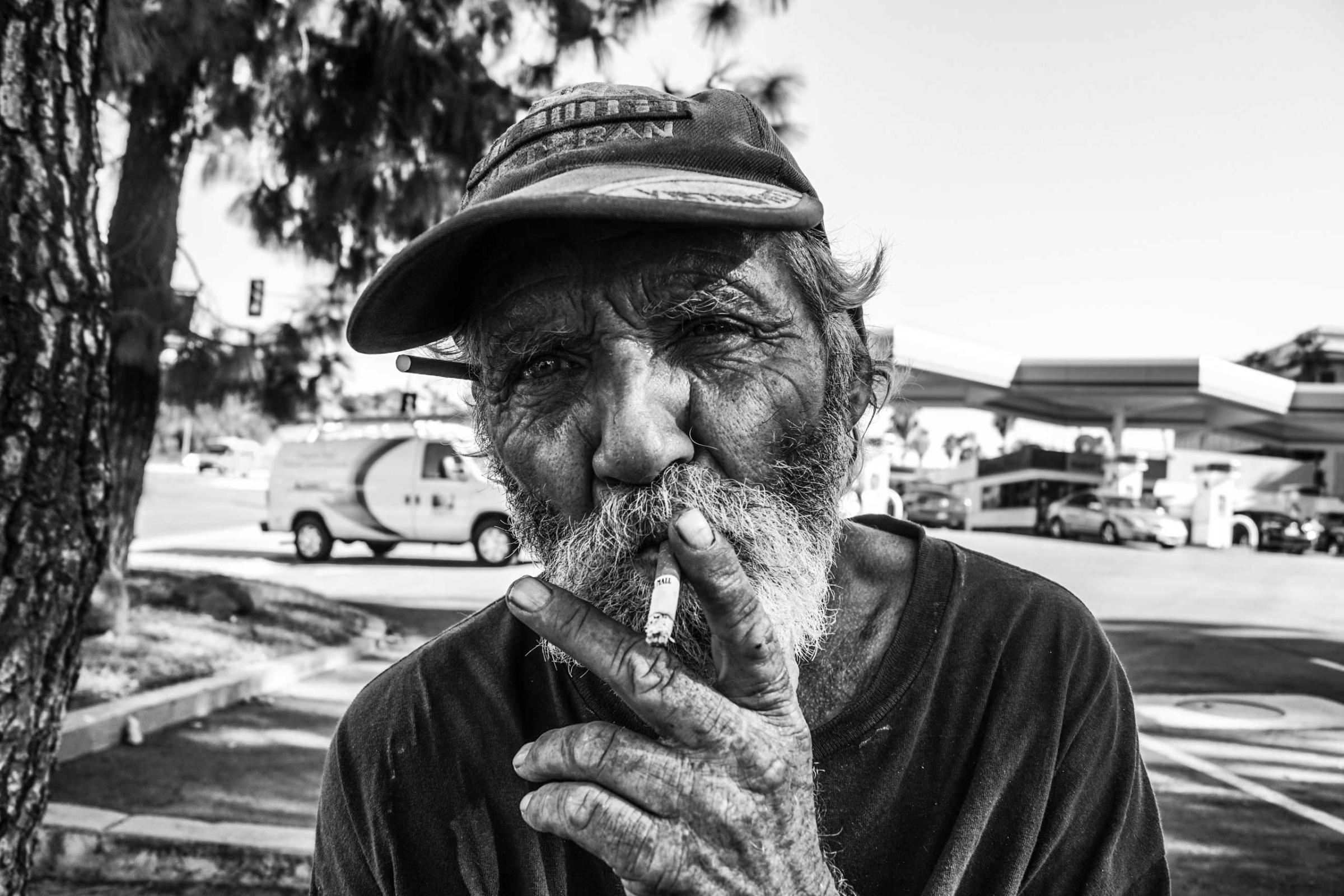
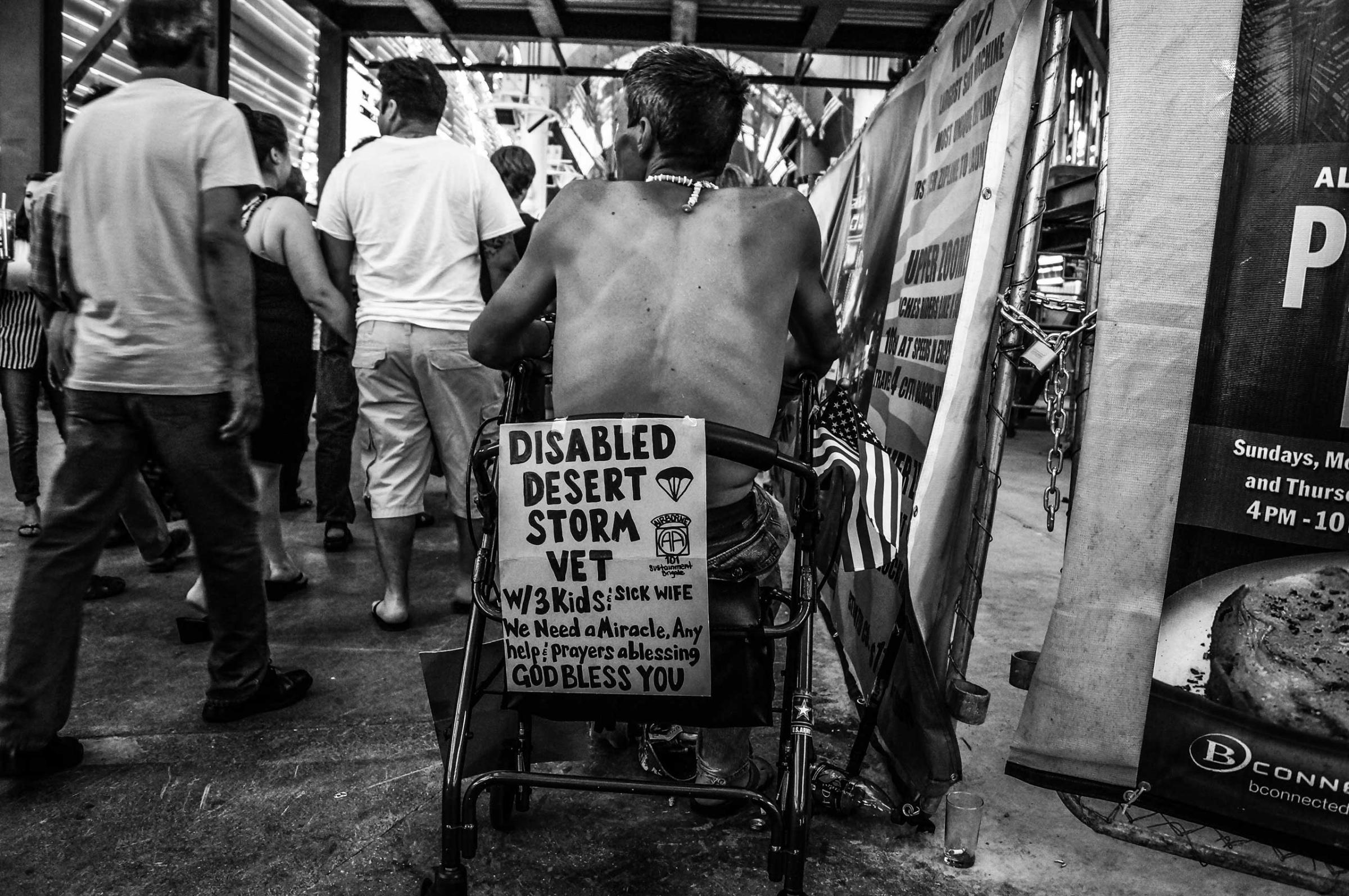
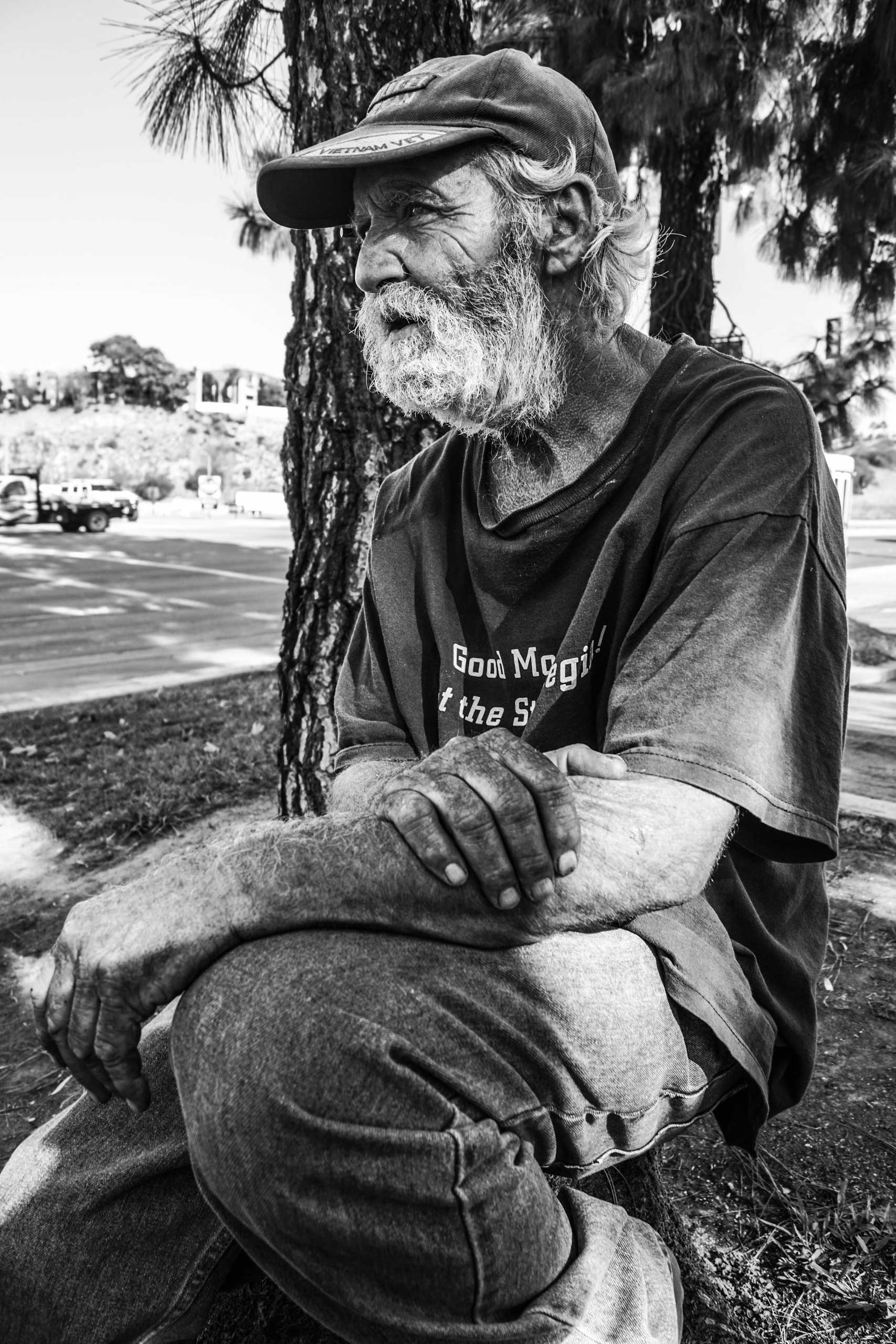
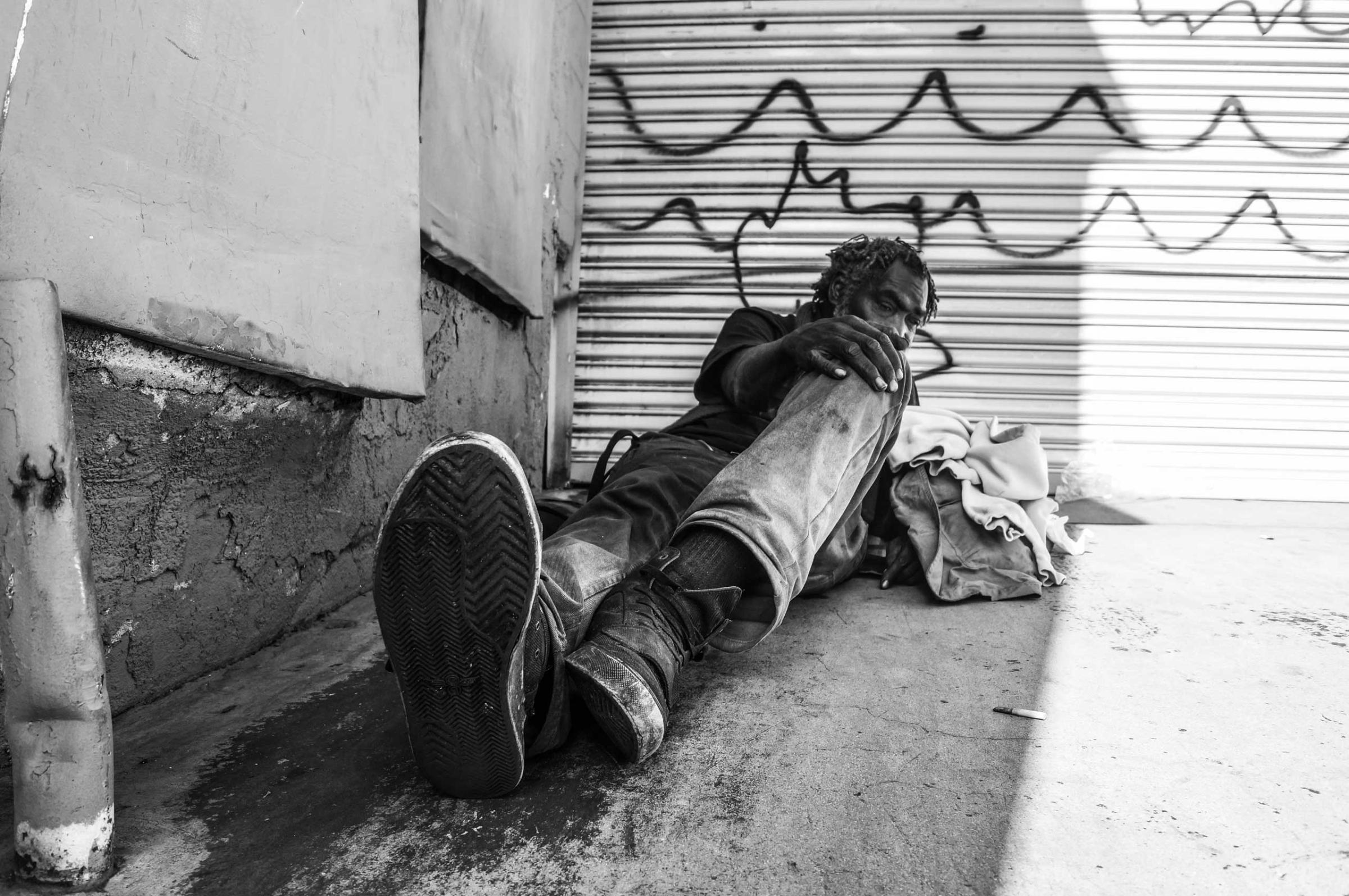
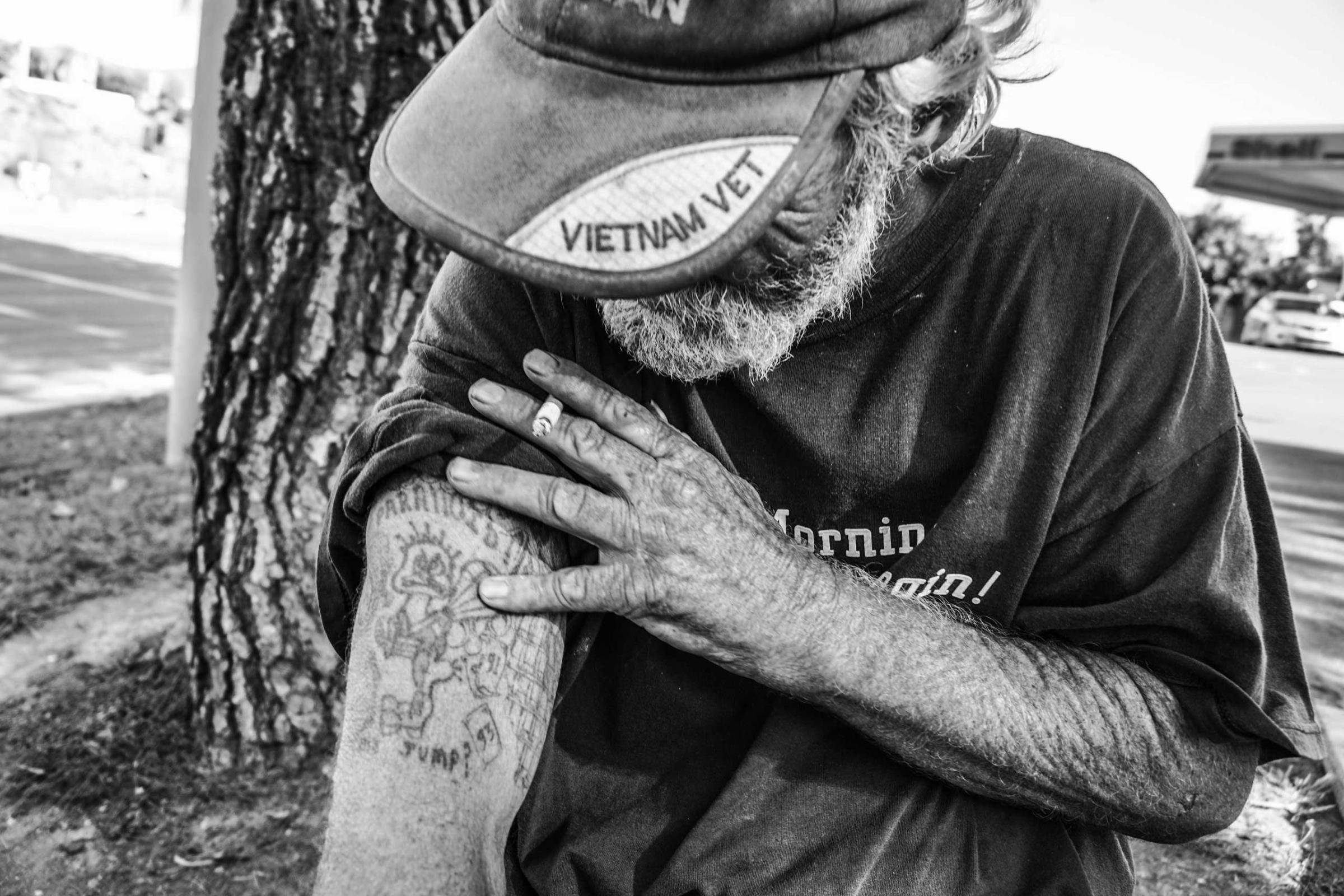
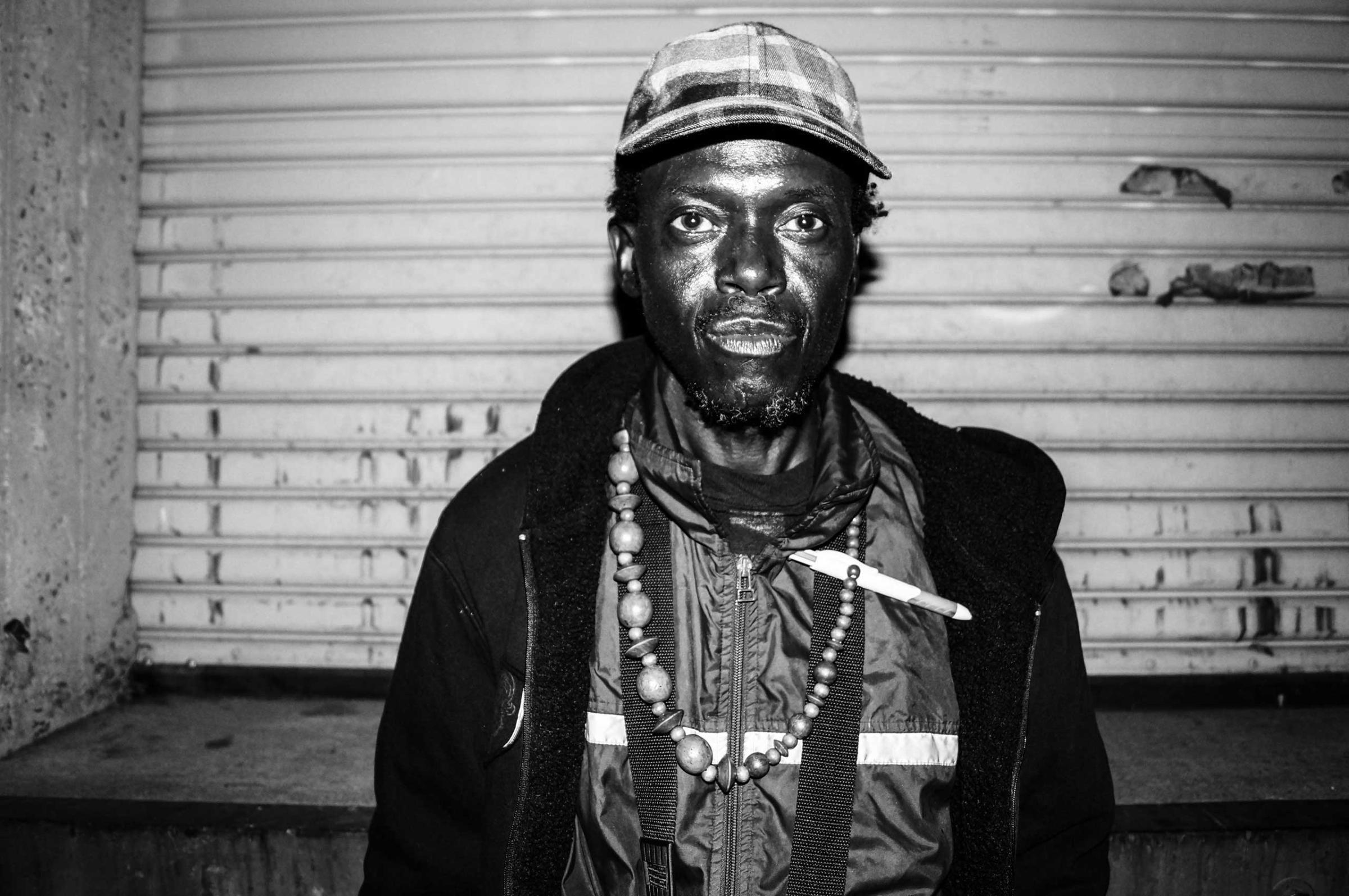
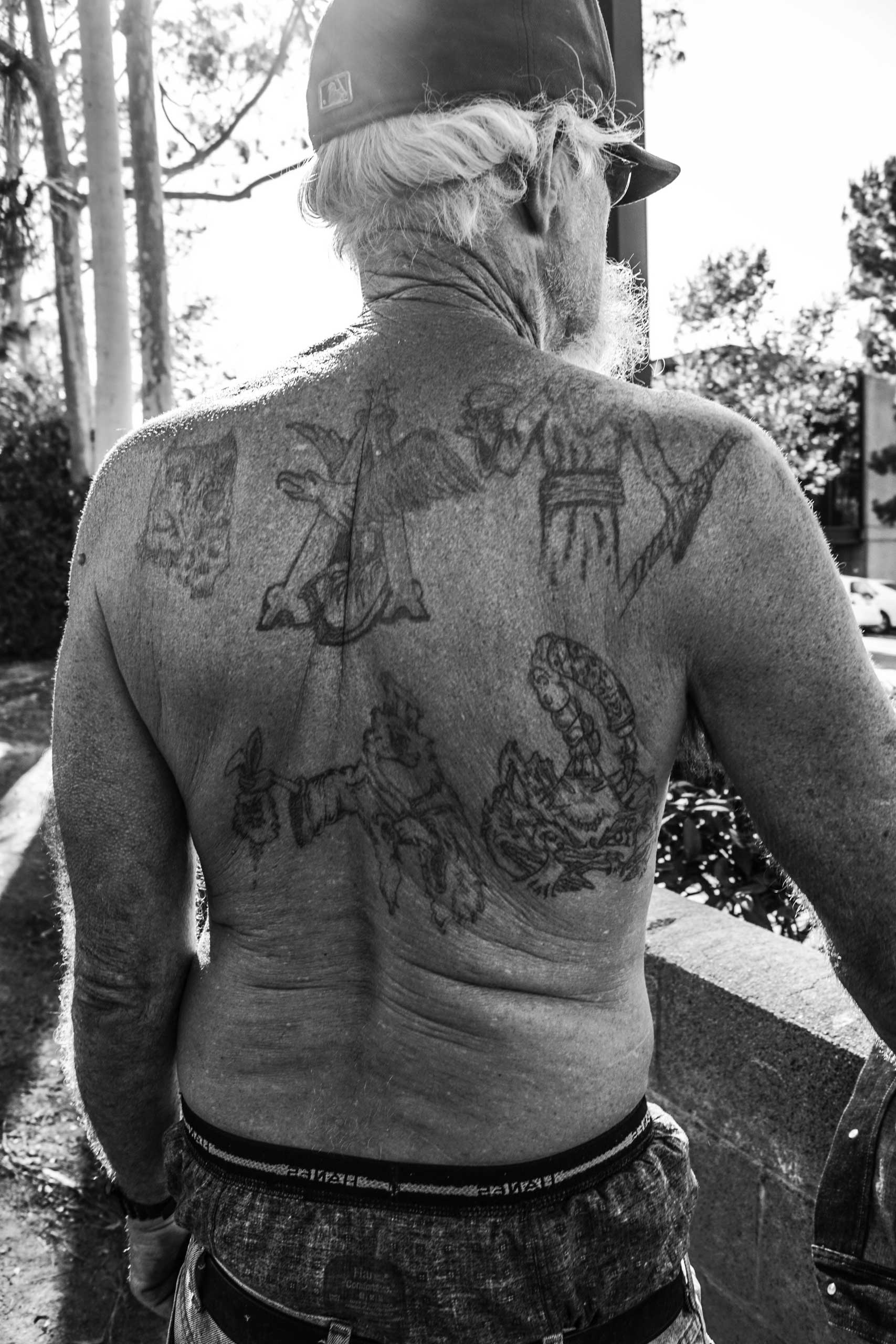
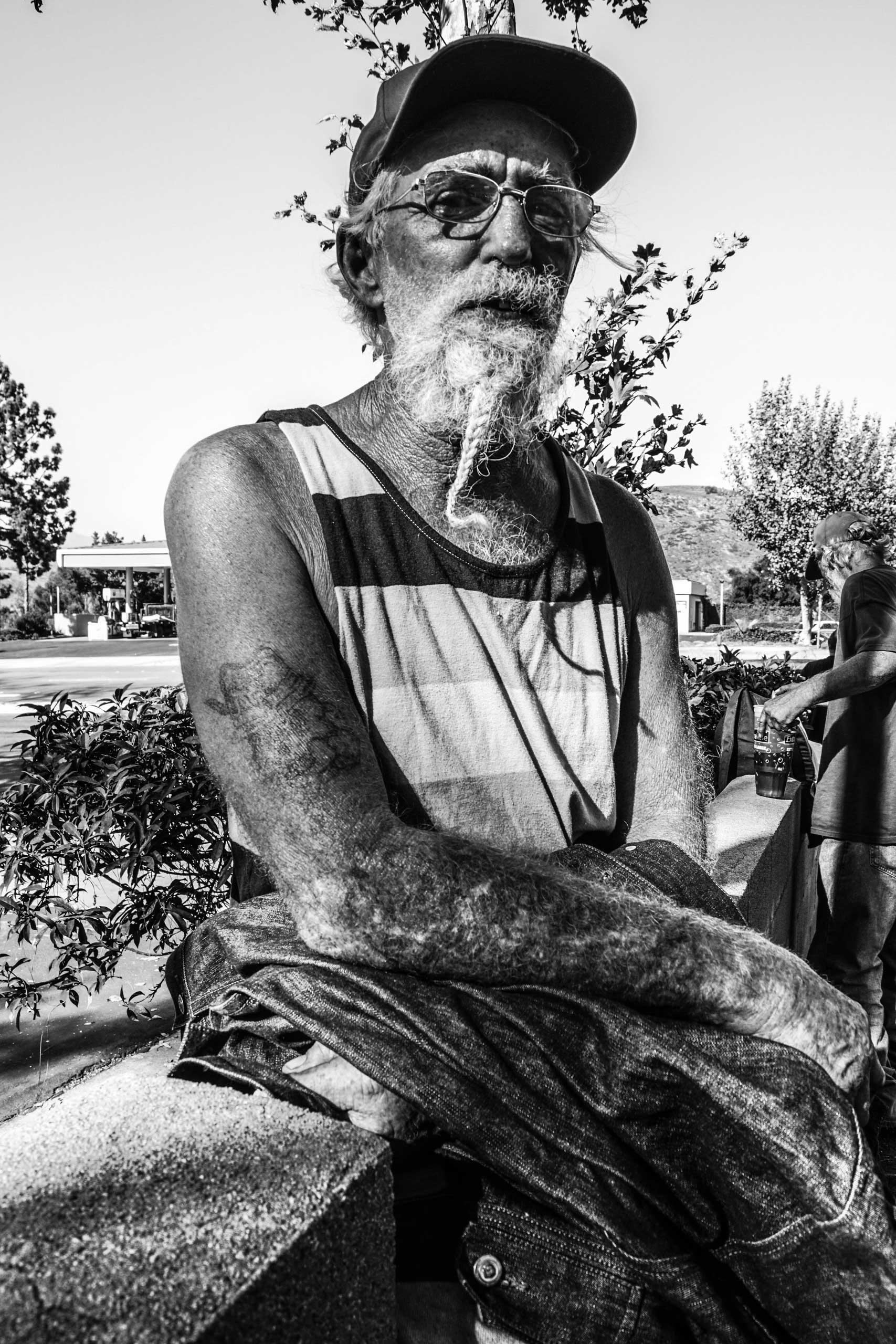
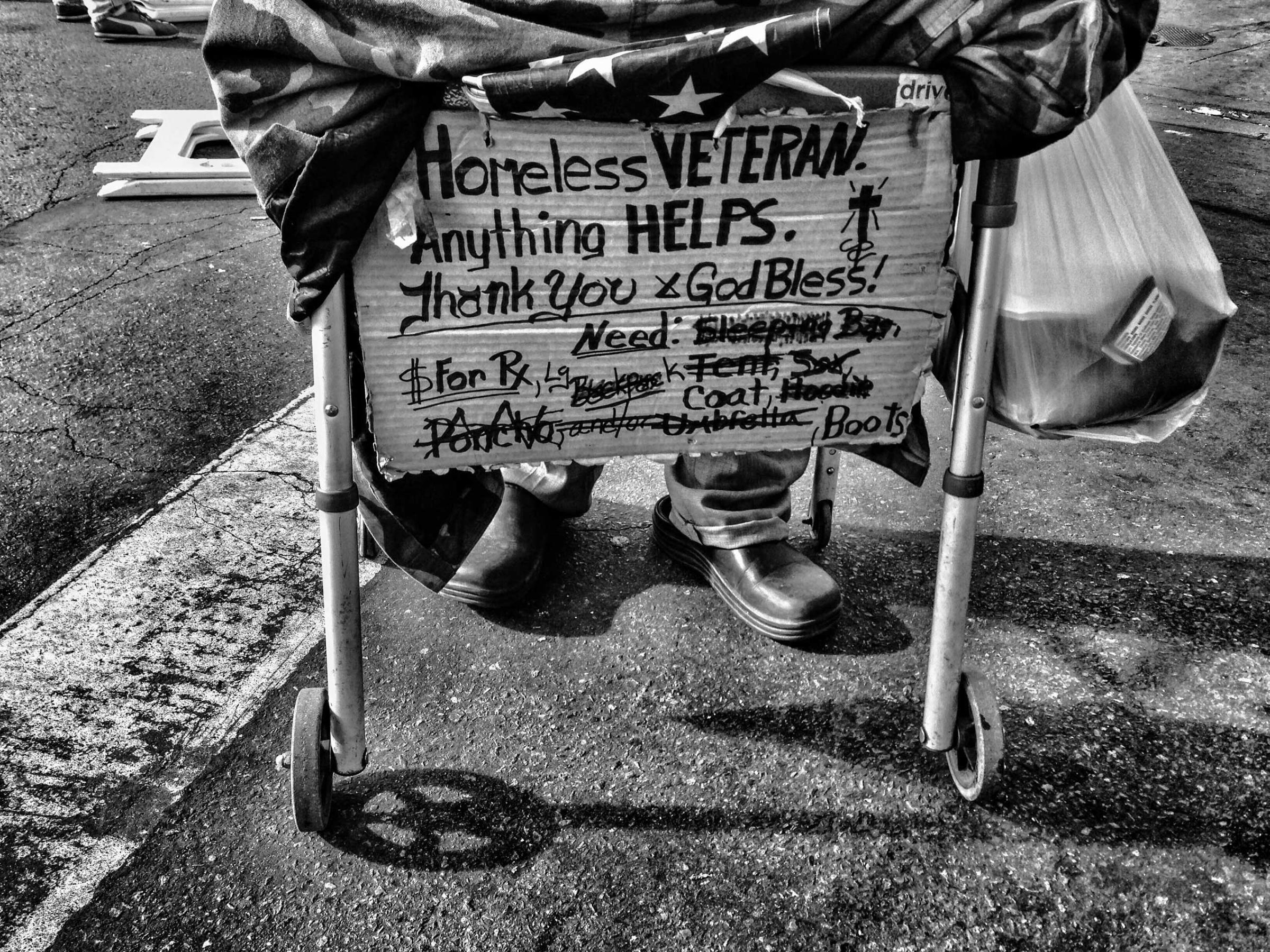
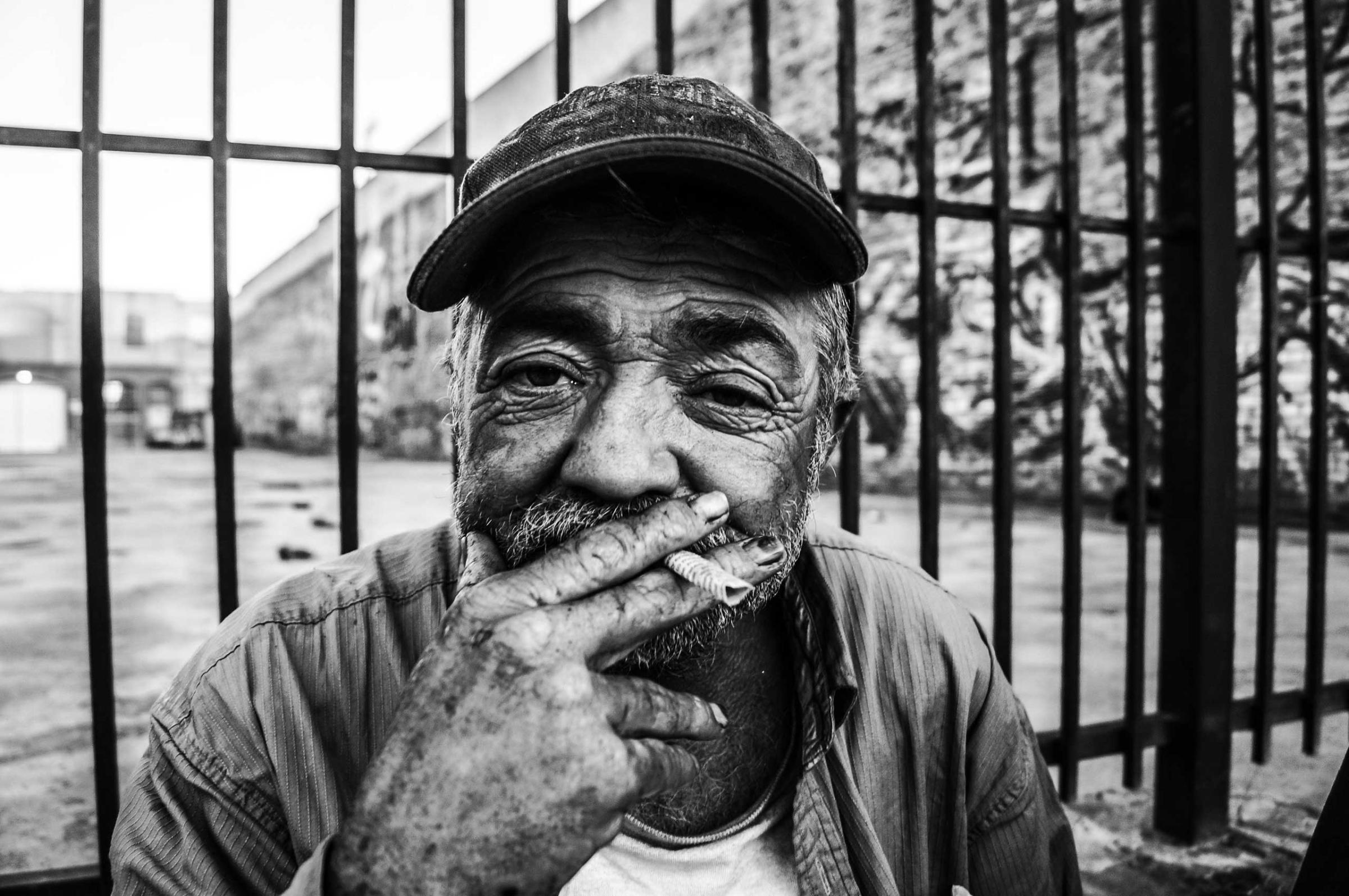
More Must-Reads from TIME
- Inside Elon Musk’s War on Washington
- Meet the 2025 Women of the Year
- The Harsh Truth About Disability Inclusion
- Why Do More Young Adults Have Cancer?
- Colman Domingo Leads With Radical Love
- How to Get Better at Doing Things Alone
- Cecily Strong on Goober the Clown
- Column: The Rise of America’s Broligarchy
Contact us at letters@time.com